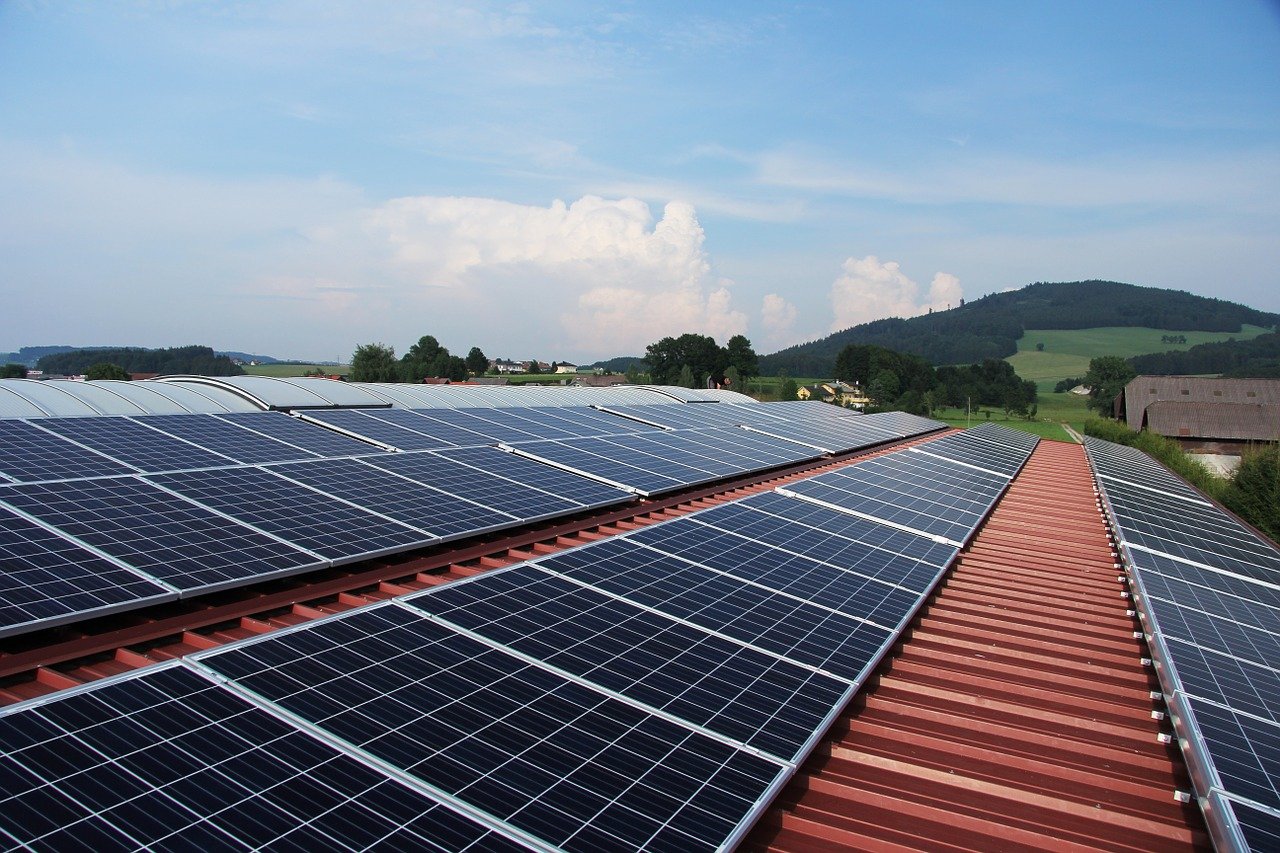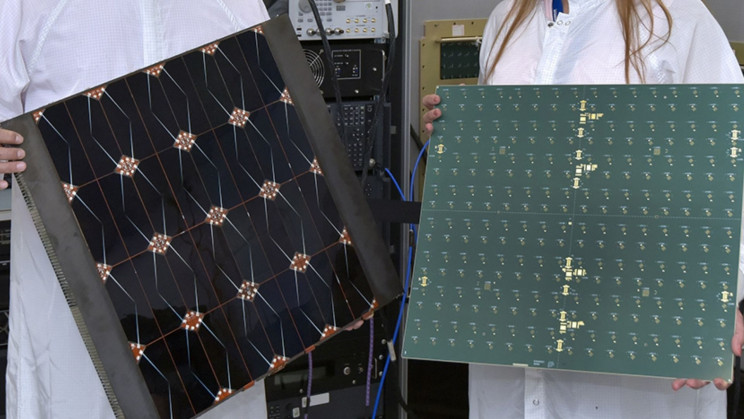Tesla Market Cap $30 Billion
Tesla Motors, founded in 2003, designs, develops, manufactures and distributes electric vehicles (EV), EV powertrain systems and components. The company has a network of 80 stores and galleries across North America, Europe and Asia and over 100 charging stations in the US.
Today the company has 10,000 employees, revenues of more than $2 billion and a market cap of over $30 billion. Due to its tremendous growth in just over a decade, partnerships with Toyota Group, Daimler AG and others. After focusing on expensive luxury EVs, Tesla is now preparing to moved into the mass automobile market with more affordable versions of its EV.
Much of Tesla’s success is due to its erudite approach to designing, building, manufacturing and distributing its automobiles. Tesla has been “breaking the mold” by delivering cutting-edge technology and innovations including:
- extending the range of electric powered vehicles to over 250 miles in one charge
- bringing a powerful 420 hp luxury Model S to market as well as the Roadster sportscar and the Model X a combo SUV/Minivan EV.
- designing vehicles that are attractive, efficient and desirable
- open sourcing its technology to jumpstart the industry
- building cutting megafactories to produce its vehicles
- building a cutting-edge electric battery gigafactory to supply the mass market
- innovative leasing policies, novel autopilot systems, new supercharger networks
- winning awards for safe cars
- responding quickly and competently to problems and controversies.
Tesla Motors’ History
Just when the electric car industry was all but written off for dead, impractical, a pipe dream, a young South African multimillionaire, Elon Musk, had a dream, proceeds from his sale of PayPal, and support from a few visionaries in Silicon Valley. Musk, exceptionally smart and ambitious, was tested by IBM for computer programming capabilities at the age of 10 and proved to have one of the highest aptitudes they ever tested.
The last piece of the puzzle was Nikola Tesla, a technology visionary born in 1856, who inspired Musk to name his new electric car venture Tesla Motors. Tesla’s life story as a prolific inventor and patent holder of a wide range of electrical devices including the AC induction motor and transformer, is not yet full appreciated. Nikola Tesla is still making an impact on the world more than 70 years after his death in 1943.
The following video discusses the innovative approach to automobile assembly Tesla uses to build its cars:
Tesla Motors’ Mission Statement
Tesla’s mission statement is to “accelerate the advent of sustainable transport by bringing compelling mass-market electric cars to market as soon as possible.”
In the short decade of Tesla’s existence it has made progress in developing luxury electric vehicles and is now in the position to bring economies of scale to its manufacturing and deliver on its promise of a mass market electric vehicles in the next five years.
The full Tesla Motors mission statement follows:
Our goal when we created Tesla a decade ago was the same as it is today: to accelerate the advent of sustainable transport by bringing compelling mass market electric cars to market as soon as possible. If we could have done that with our first product, we would have, but that was simply impossible to achieve for a startup company that had never built a car and that had one technology iteration and no economies of scale. Our first product was going to be expensive no matter what it looked like, so we decided to build a sports car, as that seemed like it had the best chance of being competitive with its gasoline alternatives.
I suspected that this could be misinterpreted as Tesla believing that there was a shortage of sports cars for rich people, so I described the three step “master plan” for getting to compelling and affordable electric vehicles in my first blog piece about our company. This was unfortunately almost entirely ignored.
In order to get to that end goal, big leaps in technology are required, which naturally invites a high level of scrutiny. That is fair, as new technology should be held to a higher standard than what has come before. However, there should also be some reasonable limit to how high such a standard should be, and we believe that this has been vastly exceeded in recent media coverage.
Related aricles on IndustryTap:
- Elon Musk Announces a Leasing Policy For The New Tesla Model S
- Tesla’s Model X Launch Moved To 3rd Quarter of 2015
- Elon Musk Says Next Year’s Tesla Cars Will Be Capable of Driving Themselves 90% of the Time
References and related content:







